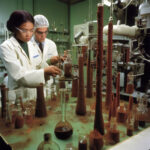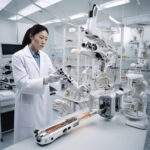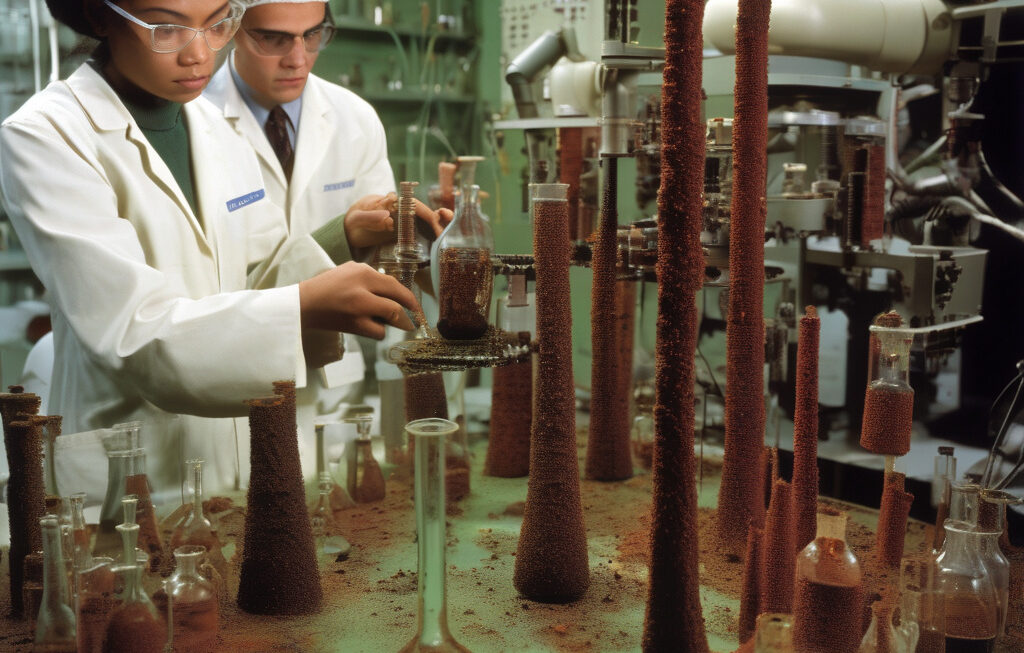Weird Sea Slug Turns Into Living Solar Panel by Stealing Algae’s Sunlight Powers
At first glance, the lettuce sea slug (Elysia crispata) looks like a leafy underwater alien. This peculiar creature, found in the warm waters of the Caribbean Sea and the Gulf of Mexico, has a unique ability that sets it apart from its marine counterparts. The sea slug has the astonishing capability to transform into a living solar panel by stealing the sunlight powers of the algae it consumes.
These tiny sea slugs, measuring only a few centimeters in length, are not your average marine creatures. They have a remarkable adaptation that allows them to harness the energy of the sun through a process known as kleptoplasty. Upon consuming algae, the sea slug retains the algae’s chloroplasts, the tiny structures responsible for photosynthesis. Instead of digesting these chloroplasts, the sea slug incorporates them into its own cells, where they continue to function and produce energy from sunlight.
This unique ability to steal and utilize the algae’s chloroplasts as a source of energy sets the lettuce sea slug apart as a living solar panel of the ocean. By harnessing the power of sunlight, these sea slugs can survive for months without the need for additional food. This remarkable feat of biological engineering showcases the incredible adaptability and resilience of marine life in the face of challenging environments.
Scientists have been fascinated by the lettuce sea slug’s ability to function as a living solar panel, as it challenges our understanding of energy production in the natural world. By studying these sea slugs, researchers hope to unlock the secrets of efficient energy production and storage, which could have far-reaching implications for renewable energy technologies.
The concept of bio-mimicry, where human technologies are inspired by natural processes, is gaining traction in the field of innovation. The lettuce sea slug serves as a prime example of how nature’s solutions can inspire groundbreaking advancements in various industries. By emulating the sea slug’s ability to convert sunlight into energy, scientists and engineers may develop new solar technologies that are more efficient and sustainable.
In addition to its remarkable energy-producing abilities, the lettuce sea slug also plays a vital role in its ecosystem. As they consume algae, these sea slugs help regulate algal populations and maintain the balance of marine ecosystems. By understanding and preserving the delicate relationship between the sea slug and its environment, we can ensure the health and stability of our oceans for generations to come.
In conclusion, the lettuce sea slug’s transformation into a living solar panel through kleptoplasty is a testament to the wonders of the natural world. By harnessing the power of sunlight in a unique and innovative way, these sea slugs exemplify the ingenuity and adaptability of marine life. As we continue to explore the potential applications of bio-inspired technologies, the humble sea slug may hold the key to unlocking a more sustainable future for us all.
sea slug, solar panel, algae, kleptoplasty, marine ecosystem












